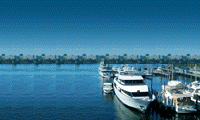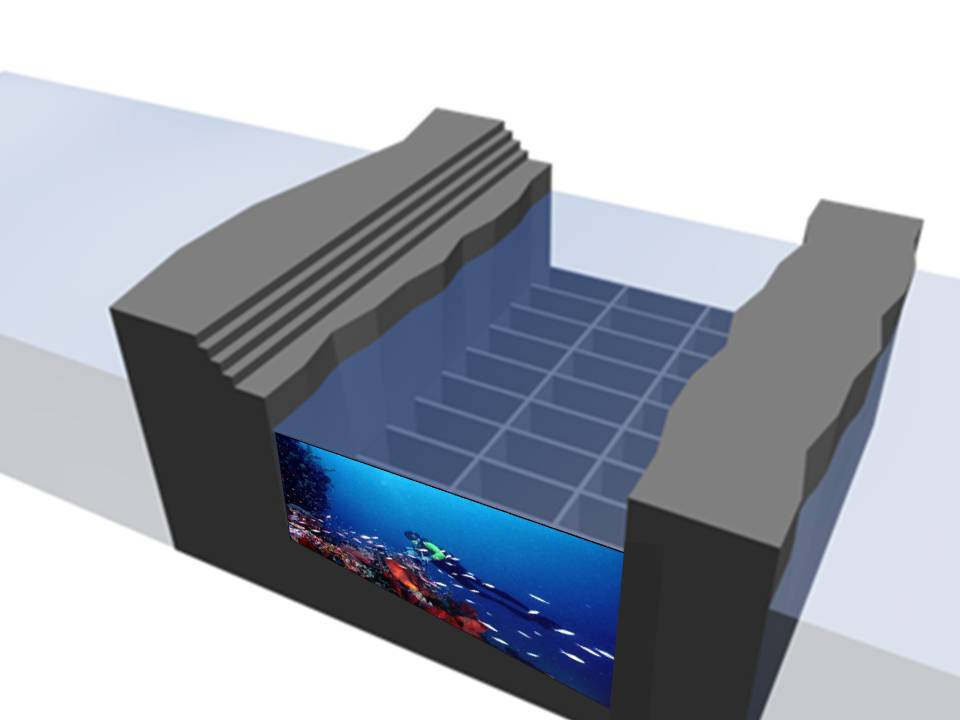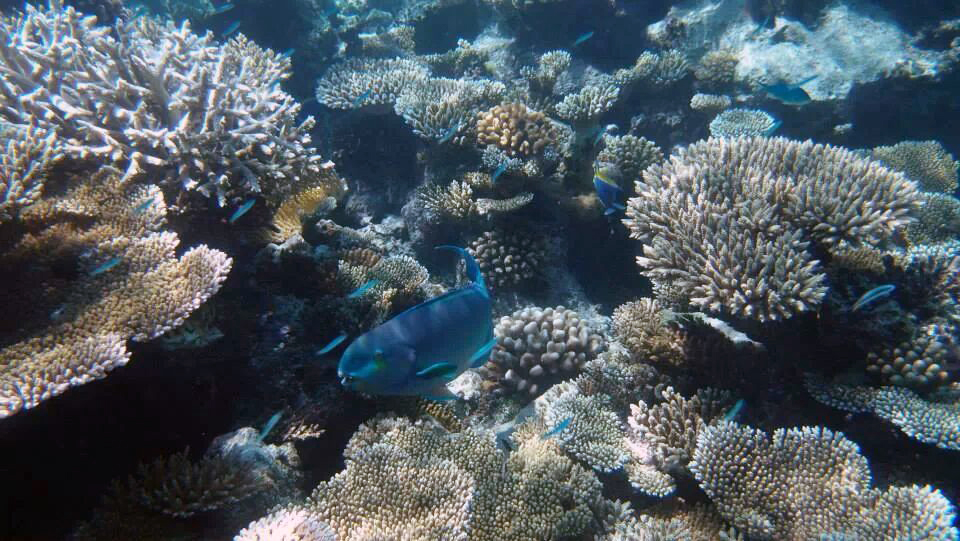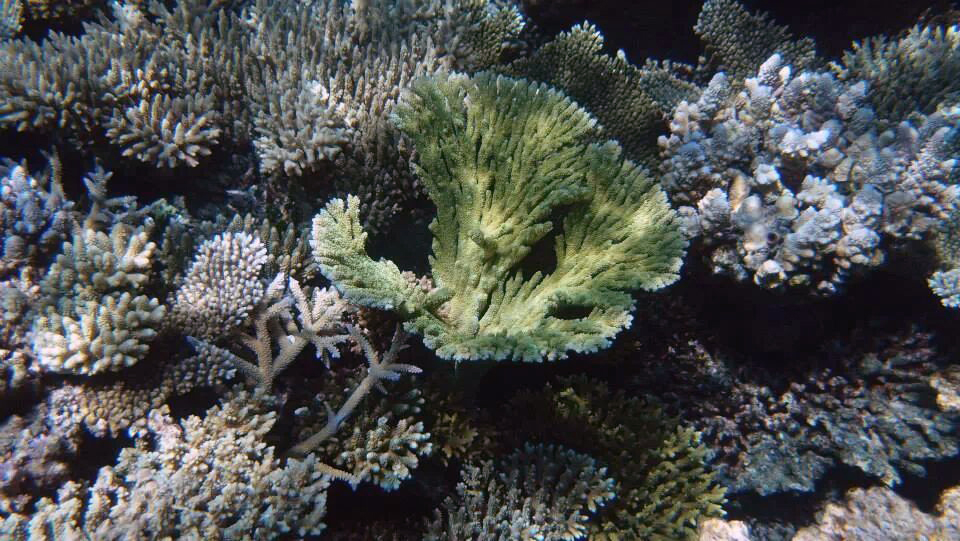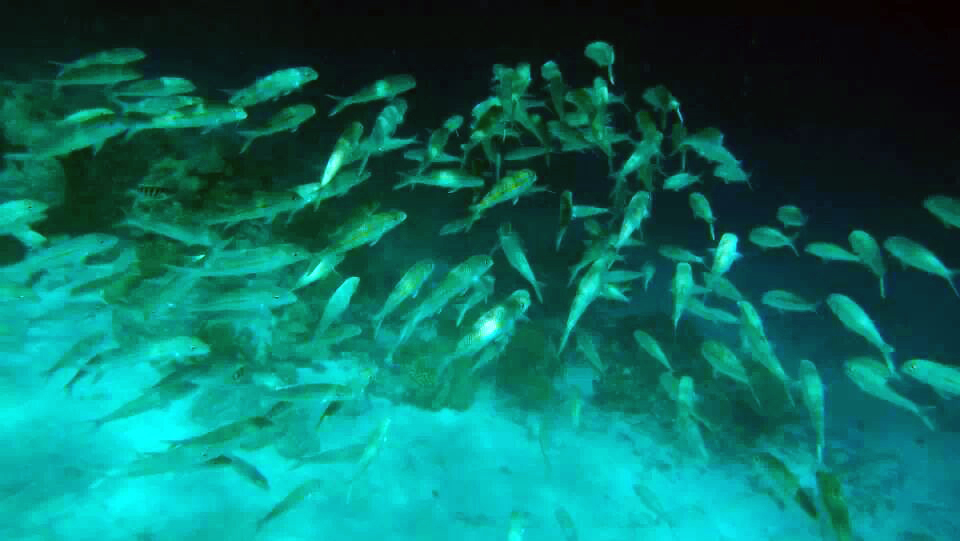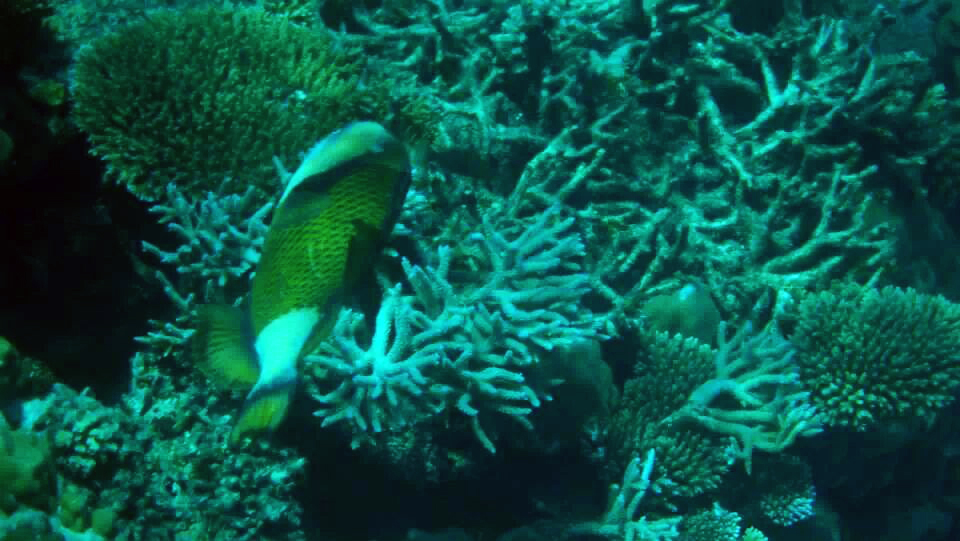
有效的人工鱼礁
| 防波堤的设计原意旨在保护范围内船只及建筑物,免受严峻天气及强劲风浪的侵袭。不过,原来防波堤更可发挥多项令人意想不到的功能! 有效的人工鱼礁 许多研究发现,这些人工海岸防护建设很多时能提高周边海洋生物的多样性。近数十年来,由于防波堤的形状、建筑方法及摆放位置,很多时都成为了大型人工鱼礁,因为此等覆盖范围广大的硬底环境能吸引更多珊瑚、软件动物及其它海底生物群栖身于此,正好为鱼类提供绝佳的栖息环境及充足的食粮(Stephens et al., 1994; Svane and Peterson 2001; Bulleri 2005; Burt et al. 2009)。 另外,亦有研究指游艇港和海堤上常发现有活跃珊瑚聚居(Tan et al. 2012),因这些人工鱼礁可将栖息于周边天然珊瑚礁的鱼类吸引过来并迅速繁殖,相比周边的天然珊瑚礁,其鱼类和海底生物群的繁殖情况无论在数量、密度及多样性各方面表现都更为优胜。(Bohnsack 1989; Bohnsack et al. 1994; Lincoln-Smith et al. 1994; Stephens et al. 1994; Pickering and Whitmarsh 1997; Rilov and Benayahu 2000; Abelson and Shlesinger 2002; Pondella et al. 2002; Perkol-Finkel and Benayahu 2004; Burt et al. 2009)。在香港,万宜水库东坝就是最能体现多样化人工鱼礁鱼群的成功例子(Wilson 2002)。 鱼类成长的温床 其实在防波堤保护下的游艇港都可成为鱼群的理想避风港,由于游艇港内不容许任何捕鱼活动(包括垂钓)及严格控制水质,所以鱼类能在受保护的环境下迅速繁殖,长远令港外的渔业资源变得更丰富,亦可确保该区捕鱼业的可持续发展。 更多可能性 防波堤除了用作人工鱼礁有显而易见的好处及成效外,亦有许多建议指防波堤可利用海浪产生再生能源。凭借崭新设计,防波堤的潜在用途可说是无可限量,例如横切面呈U形的防波堤设计不仅视觉上显得更薄更美观,亦可收提高稳定性之效,而此结构中的水体更为这个防波堤带来很多的潜在的用途,实用性及康乐性俱备。我们诚意邀请 阁下与我们分享您的崭新意念,以使这个防波堤结构及水体可以得到最佳的运用。 参考资料: Abelson A., Shlesinger Y. (2002) Comparison of the development of coral and fish communities on rock-aggregated artificial reefs in Eilat, Red Sea. ICES J Mar Sci 59:122–126 Burt J., Bartholomew A., Usseglio P., Bauman A., Sale P.F. (2009) Are artificial reefs surrogates of natural habitats for corals and fish in Dubai, United Arab Emirates? Coral Reefs 28:663–675 Bohnsack J.A. 1989. Are high densities of fishes at artificial reefs the result of habitat limitation or behavioural preference?. Bull. Mar. Sci. 44, 631-645. Bohnsack J., Harper D., McClellan D., Hulsbeck M. (1994) Effects of reef size on colonization and assemblage structure of fishes at artificial reefs off southeastern Florida, USA. Bull Mar Sci 55:796–823 Lincoln-Smith M., Hair C., Bell J. (1994) Man-made rock breakwaters as fish habitats: comparisons between breakwaters and natural reefs within an embayment in southeastern Australia. Bull Mar Sci 55:1344 Perkol-Finkel S., Benayahu Y. (2004) Community structure of stony and soft corals on vertical unplanned artificial reefs in Eilat (Red Sea): comparison to natural reefs. Coral Reefs 23:195–205 Pickering H., Whitmarsh D. (1997) Artificial reefs and fisheries exploitation: a review of the ‘attraction versus production’ debate, the influence of design and its significance for policy. Fish Res 31:39–59 Pondella D., Stephens J., Craig M. (2002) Fish production of a temperate artificial reef based on the density of embiotocids. ICES J Mar Sci 59:S88–S93 Rilov G., Benayahu Y. (2000) Fish assemblage on natural versus vertical artificial reefs: the rehabilitation perspective. Mar Biol 136:931–942 Stephens J.S. Jr., Morris P.A., Pondella D. J., Koonce T.A., & Jordan G.A. (1994) Overview of the dynamics of an urban artificial reef fish assemblage at King Harbor, California, USA. Bulletin of Marine Science, 55(2-3): 1224-1239. Tan Y.Z., Ng C.S.L., Chou L.M. (2012) Natural colonization of a marina seawall by scleractinian corals along Singapore’s east coast. Nature in Singapore, 5: 177–183 Wilson K. (2002) New reef fish from High Island dam dollos. Porcupine! 26. Newsletter of the Department of Ecology & Biodiversity. HKU. < http://www.hku.hk/ecology/porcupine> |
